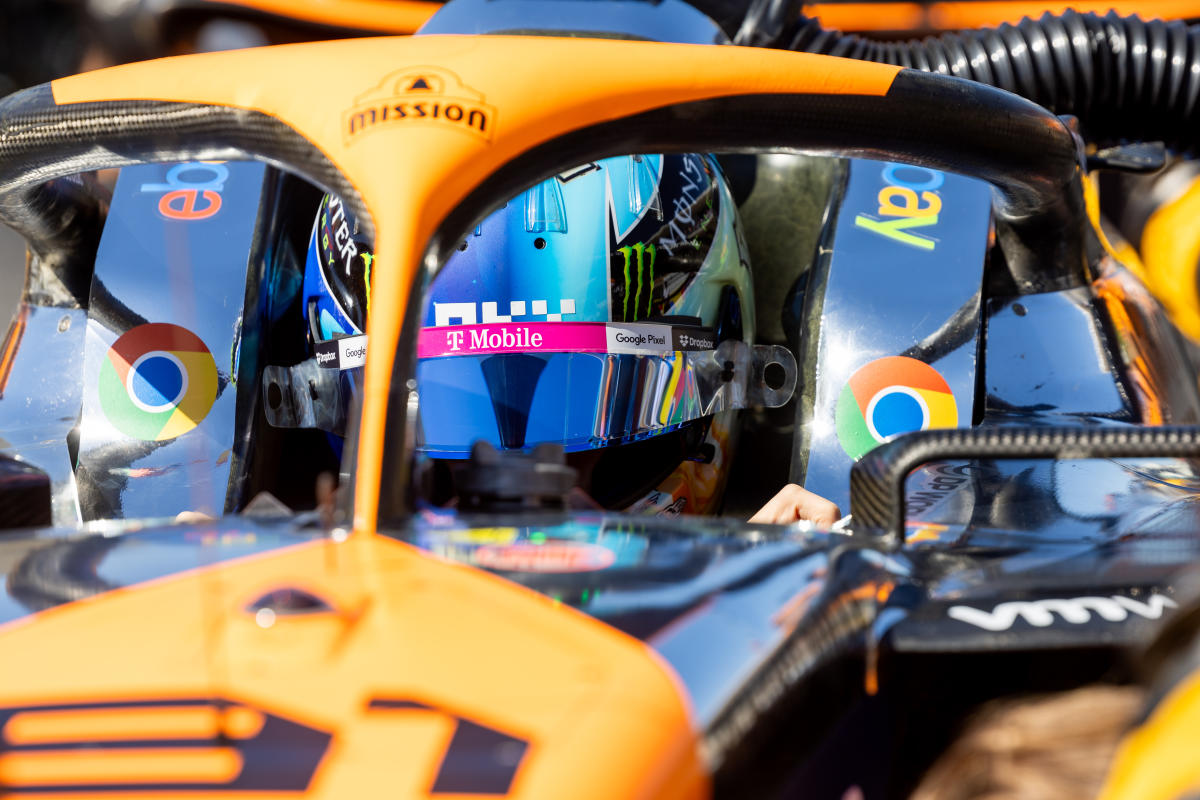This is The Takeaway from today’s Morning Brief, which you can sign up to receive in your inbox every morning along with:
Earnings season is now one quarter in the can, but investors are already bracing for Big Tech results — particularly the hyperscalers. But it’s not necessarily about the results themselves.
Regardless of what Microsoft (MSFT), Alphabet (GOOG GOOGL), Amazon (AMZN), and Meta (META) report on their top and bottom lines, it’s what they’re spending that’s caught the attention of Wall Street.
“It’s an AI arms race,” declared BofA US equity and quant strategists Savita Subramanian and Ohsung Kwon in a note this week, brushing aside investor concerns about monetization in these early innings of AI.
The BofA team noted that the arms race began in the second quarter and since then, for each dollar spent by the four hyperscalers, there were $19 in upwardly revised capex estimates.
Put in context, that $206 billion in hyperscaler capex is up 40% from 2023 and represents one-fifth of the investments of the entire S&P 500. And outside the four AI tech giants, capital expenditures are actually expected to decline this year. Investment at this scale is a game for the giants.
And that’s exactly what these companies are doing.
On Stocks in Translation, EY chief economist Greg Daco drew parallels between today’s AI push and earlier technological revolutions like electricity and computers — where initial investments led to inflationary pressures in the short term but significant productivity gains down the road.
“The first step is always [to invest] in that new technology,” Daco said.
Daco added that the investments in data centers, infrastructure, and new hardware are so significant that they add to inflationary pressures around prices.
“AI investments, like any other major technological revolution, contribute to inflation in the short term due to the high capital costs, but the long-term payoff comes in the form of stronger productivity and disinflation,” Daco said. “Productivity growth is the holy grail in economics.”
For the hyperscalers, it’s not about monetization or immediate payoff. They don’t need your money yet. Rather, it’s about securing a long-term competitive edge in the next major technological revolution. And to the credit of the AI investor — and reflected in stock prices — people are taking this long view too.
But that does come at a cost — and one that historically has not benefited investors. According to BofA, since 1986, the top 10% of companies growing capital expenditures have underperformed their benchmark (the equal-weighted S&P 500 in this case).
Story Continues
